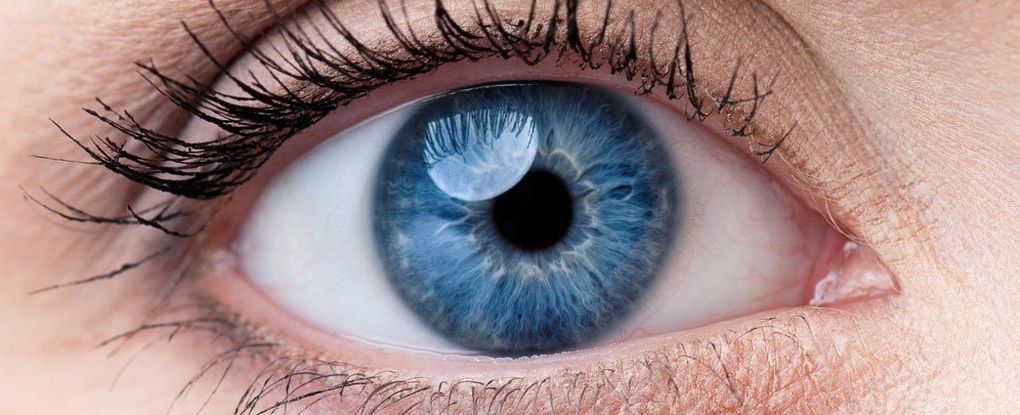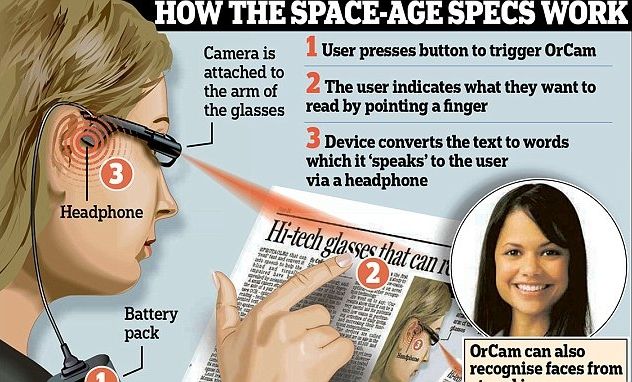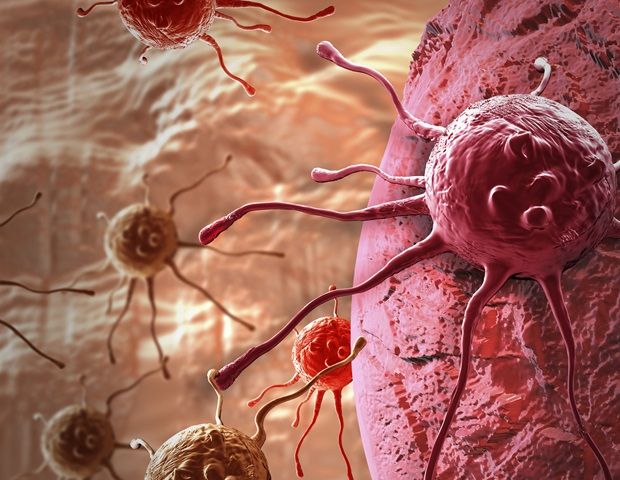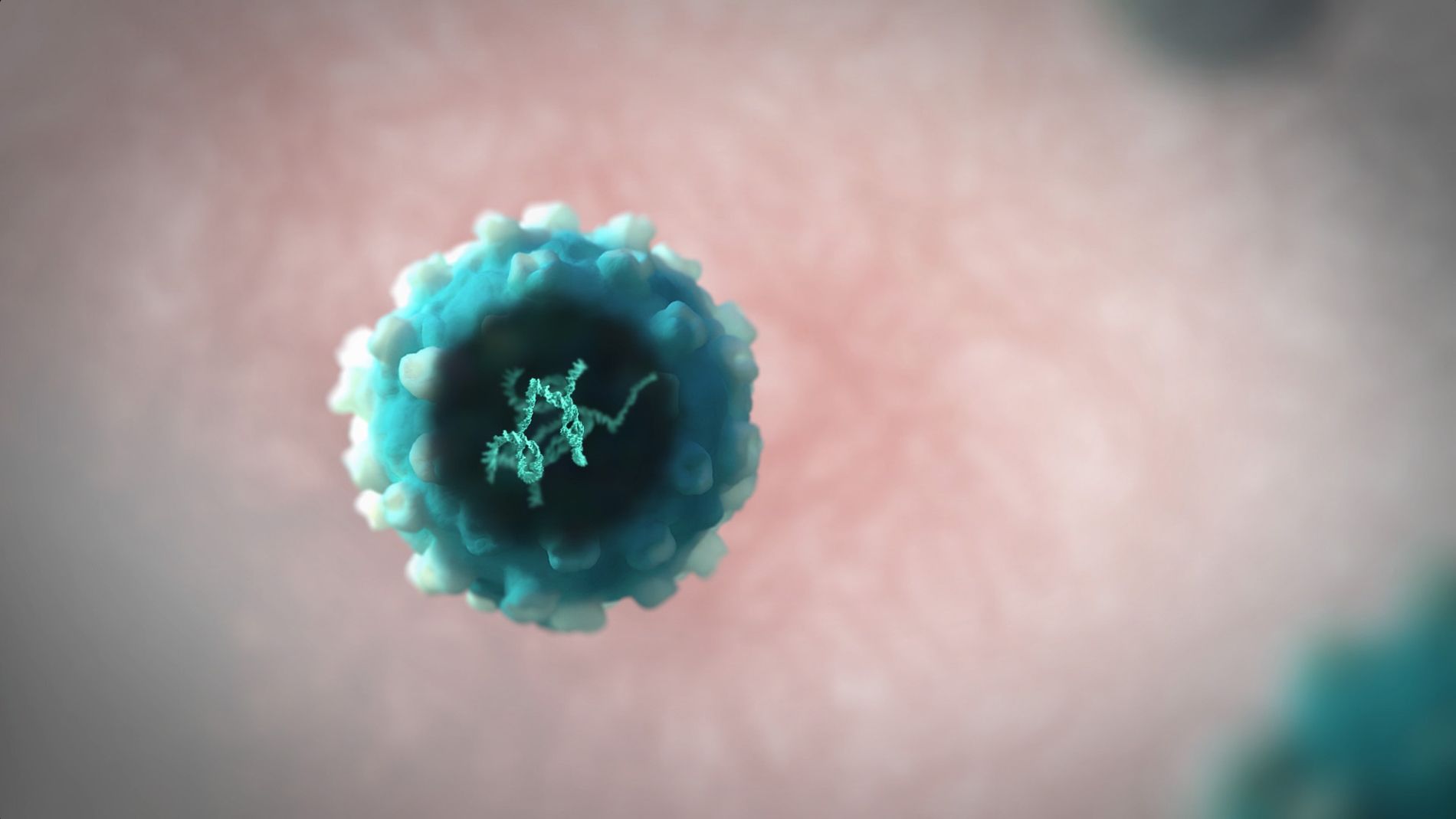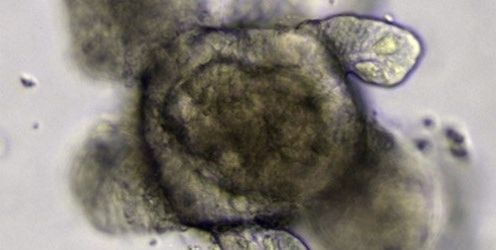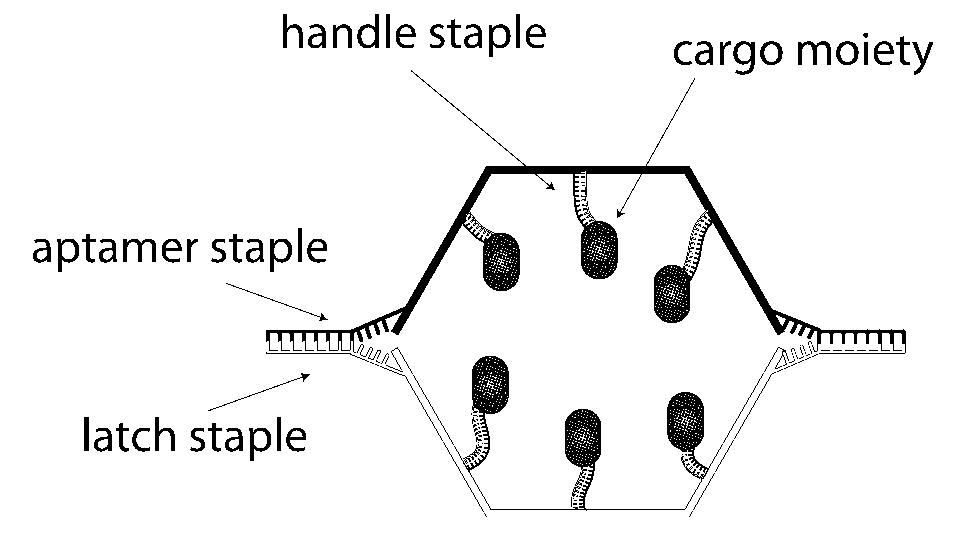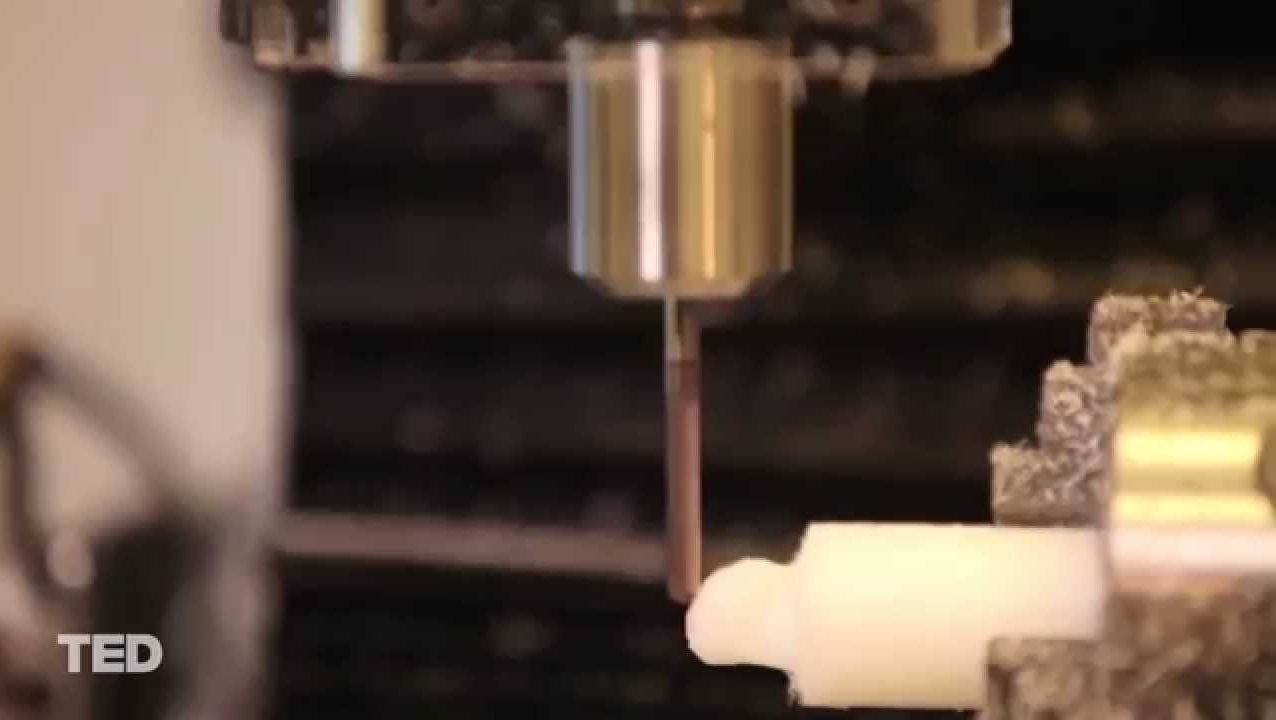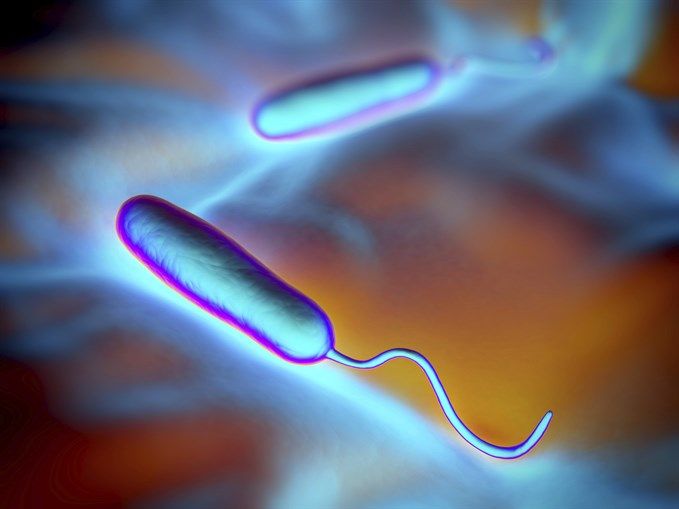May 6, 2016
Japanese scientists have used skin cells to restore a patient’s vision for the first time
Posted by Shailesh Prasad in categories: biotech/medical, life extension
Japanese scientists have reported the first successful skin-to-eye stem cell transplant in humans, where stem cells derived from a patient’s skin were transplanted into her eye to partially restore lost vision.
The patient, a 70-year-old woman diagnosed with age-related macular degeneration (AMD) – the leading cause of vision impairment in older people – received the experimental treatment back in 2014 as part of a pilot study. Now, closing in on two years after the transplant took place, the scientists are sharing the results.
The researchers took a small piece of skin from her arm (4 mm in diameter) and modified its cells, effectively reprogramming them into induced pluripotent stem cells (iPSC).
